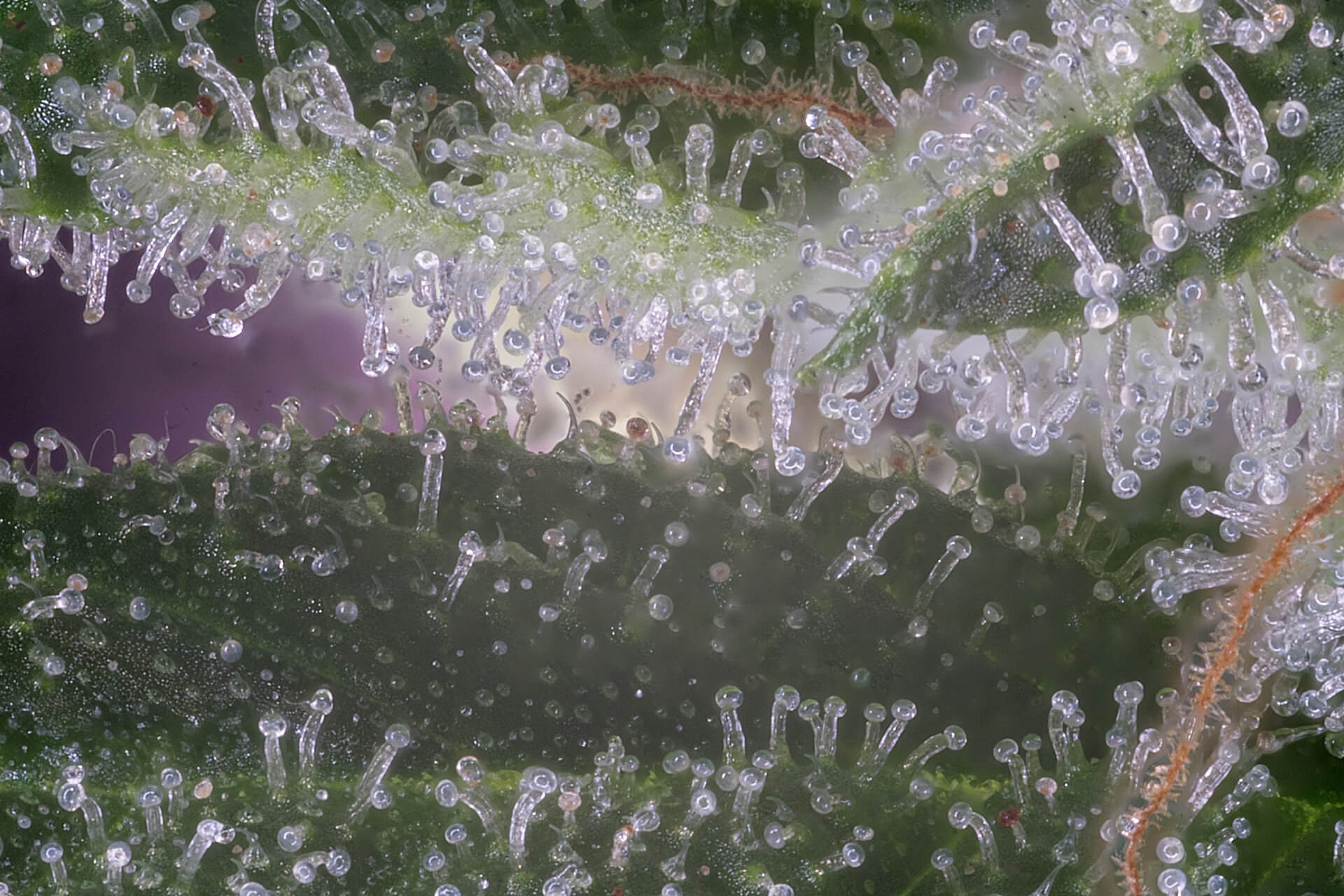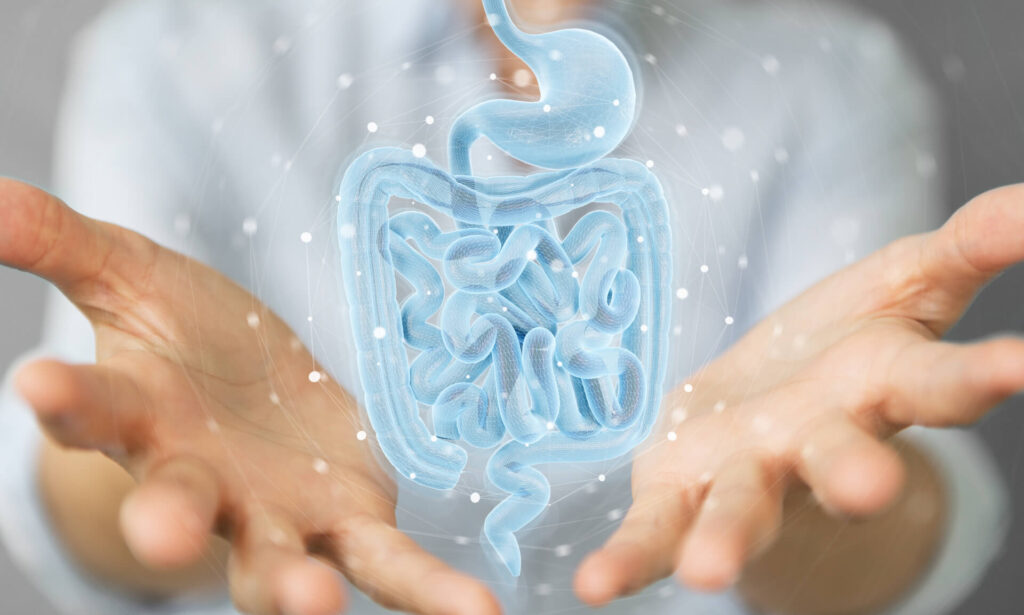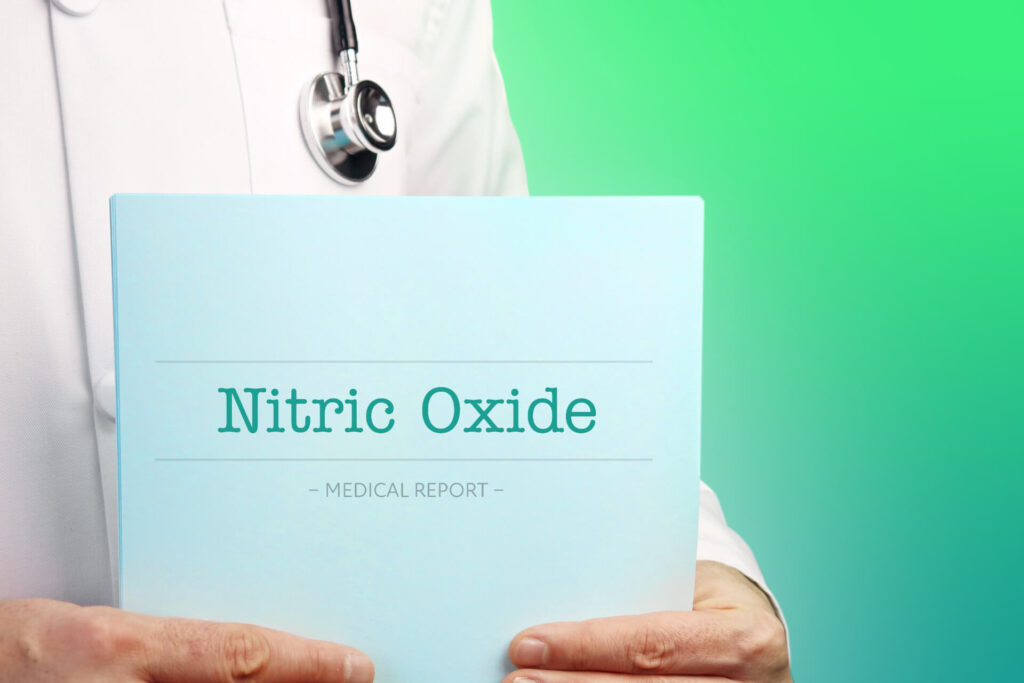The discovery of our endocannabinoid system explored in Part I explains why cannabis may have therapeutic benefits for a diverse set of illnesses. Before using it for medicinal purposes, you need to understand the plant, its various therapeutic components, and of course, it’s adverse side effects.
Lets Get Started:
Cannabis the Plant
When we talk about cannabis as medicine, we are referring to the flowering parts of the plant. But let’s not forget the industrial, environmental, soil amending and nutritional benefits of the whole plant.
Hemp seeds are an excellent source of plant protein. By weight, hemp seeds provide a similar amount of protein as beef and lamb. Like quinoa, hemp provides all the essential amino acids—a rare feat for a plant-based protein. Hemp is also an excellent Phytoremediative plant. It has been used to clean up metals, pesticides, solvents, explosives, crude oil, and toxins leaching from landfills.
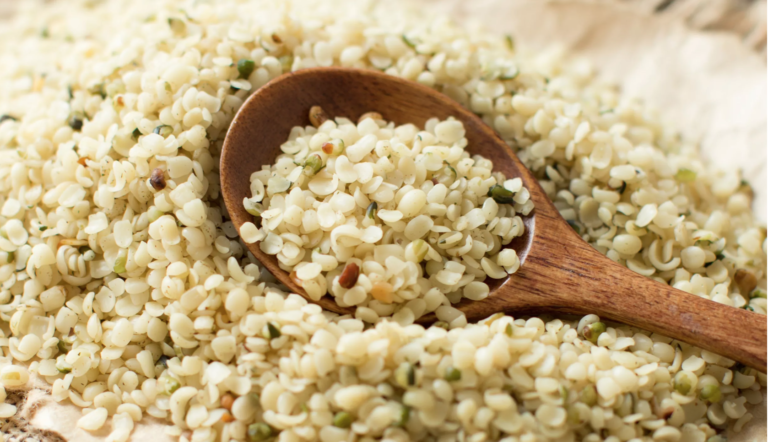
Most of the therapeutic compounds we are familiar with in cannabis concentrate in the flowering parts or “Buds.” When the days shorten, and there are 12 hours of uninterrupted darkness, the cannabis plants begin to flower
Little hair-like outgrowths start to appear on the leaves around the flowers. These are the trichomes and this is where all the medicinal compounds concentrate.
For the plant, these compounds are their defence system. They ward off animals, insects and fungi and protect the plant from potentially harmful UV rays. For humans, these compounds provide us with a diverse variety of potential therapeutic agents, including phytocannabinoids, terpenes and flavinoids.
Think of the phytocannabinoids as the main actors, the terpenes as the supporting players and the flavonoids as the cameos.
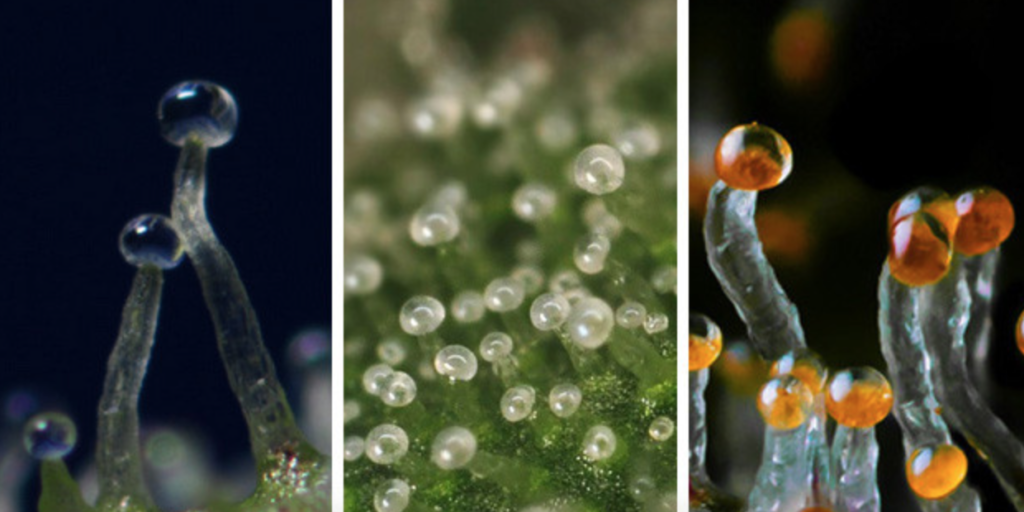
What are Phytocannabinoids
Phytocannabinoids are plant-derived cannabinoids. We make endocannabinoids, and cannabis gives us phytocannabinoids. Cannabis has over 100 cannabinoids, of which THC and CBD are the most well-known and studied. Phytocannabinoids mimic our endocannabinoids because they bind to our endocannabinoid receptors. Their exact action depends on the location and subtype of the receptor they bind to.
What is THC
- THC was the first phytocannabinoid discovered. Because it causes a euphoric high, it is the dominant phytocannabinoid in most “recreational” cannabis. THC binds with the cannabinoid 1 (CB1) receptors in the brain resulting in the euphoric feeling.
- THC has a potent analgesic effect. It induces sleep and reduces intra-oscular eye pressure. THC is also an anti-inflammatory, an antioxidant and has an anti-tumour effect.
- Studies show THC works as a neuroprotectant and has been successfully used for difficult-to-treat neuropathic pain.
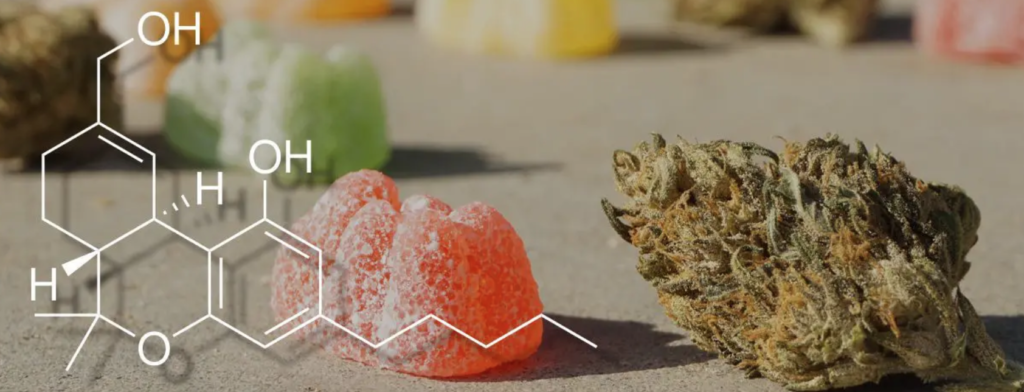
What is CBD
- CBD is the second most abundant cannabinoid found in cannabis. Unlike THC, CBD binds weakly, if at all, to CB1 receptors in the brain, thus minimizing that “high” feeling. CBD is very safe. At low doses, it is alerting.
- Research shows that CBD enhances the effect of your inner cannabinoid (endocannabinoids) by blocking their breakdown. CBD-rich strains have successfully treated autoimmune and inflammatory disorders such as rheumatoid arthritis and Crohn’s disease. CBD is a potent anticonvulsant and successfully treats hard to manage infantile seizures and epilepsy.
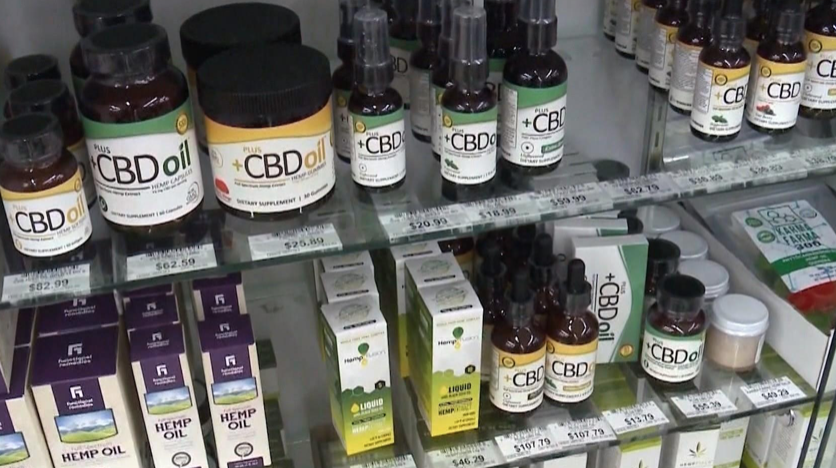
CBD is more effective when some THC is around. Called the “entourage effect,” CBD and THC combined are more effective than the sum of its parts.
Since CBD blocks the psychoactive effects of THC, if you want to get the health benefits of THC without the “high”, choose a strain (a chemovar) with higher amounts of CBD.
CBD vs THC
Below is a comparative chart taken from Dr Bonnie Goldstein’s book Cannabis Revealed which I strongly recommend.
THC Effects
CBD Effects
- Psychoactive
- Sedating/relaxing
- Reduces pain/(analgesic)
- Reduces/stops nausea /vomiting
- Stimulates appetite
- Induces sleep
- Reduces anxiety & depression
- Reduces intraocular eye pressure
- Anti-oxidant
- Anti-inflammatory
- Anti-tumor effects
- Not psychoactive-no “high” effects
- Alerting in low doses
- Reduces pain
- Relaxes muscle spasms
- Potent anti-inflammatory
- Stops nausea/vomiting
- Reduces anxiety/depression
- Counters psychotic thoughts
- Anti-oxidant
- Anti-convulsant
- Neuro-protectant
- Anti-tumor effects
Other Phytocannabinoids
There is significant research on THC and CBD, but when it comes to some of the other phytocannabinoids, studies are scant but rapidly growing. With cannabis having over 100 phytocannabinoids, much good quality research needs to be done to elucidate their potential health benefits.
- CBN Weakly psychoactive painkiller, reduces eye pressure and promotes bone growth. CBN forms when THC degrades due to exposure to heat, air and/or light. This is why higher levels of CBN can be found in aged, dry cannabis. CBN has mild sedating properties and is used in cannabis preparations used as a sleep aid.
- CBG Derived in small quantities from young cannabis plants, CBG is often referred to as the mother of all cannabinoids since many cannabinoids develop from CBG as the plant matures. Like CBD, CBG does not “make you high.” Small studies have found CBG interacts with serotonin receptors, thus explaining why some people find it gives them a lift or helps with their depression.
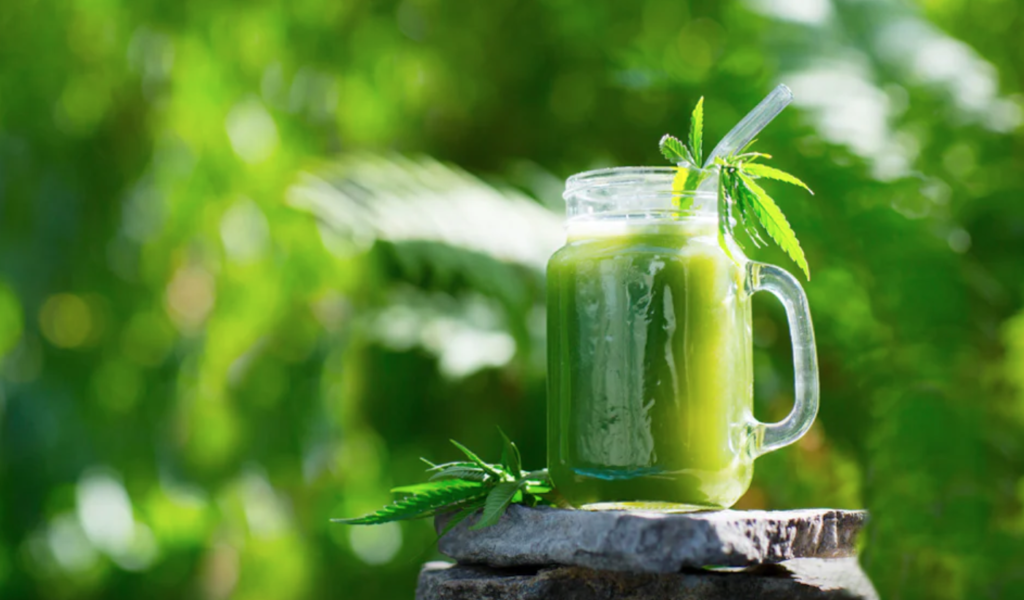
- THCA Main cannabinoid in raw unheated cannabis flower. It converts to THC when heated to 230-300F). It’s a potent anti-inflammatory, antispasmodic, anti-tumor, anti-nausea and anticonvulsant.
- CBDA Like THCA, CBDA is the precursor to CBD found in the raw, unheated cannabis flower. Early studies on CBDA suggest it has a potent effect on pain and swelling due to inflammation. Like the pharmaceutical Celebrex, it is a Cox -2 inhibiter without side effects. Early studies suggest it may inhibit cancer cells from spreading.
- THCV Not likely psychoactive. It suppresses appetite. Currently been studied as an anti-obesity agent, for treating panic attacks and PTSD. It has been recommended for the treatment of Parkinson’s tremors.
- CBDV Non-psychoactive. Currently being studied for the treatment of adult and pediatric epilepsy.
What are Terpenes and what do they do
The terpenes (or terpenoids) account for the second group of medicinal agents found in cannabis flowers. These essential oils are safe. Their production increases with light exposure and decreases with poor soil quality. It is the terpenes in cannabis that give it its colour, odour and flavour. The mixture of cannabinoids and terpenes found in the various strains (chemovars) accounts for the variation in effects when you use different cannabis plants.
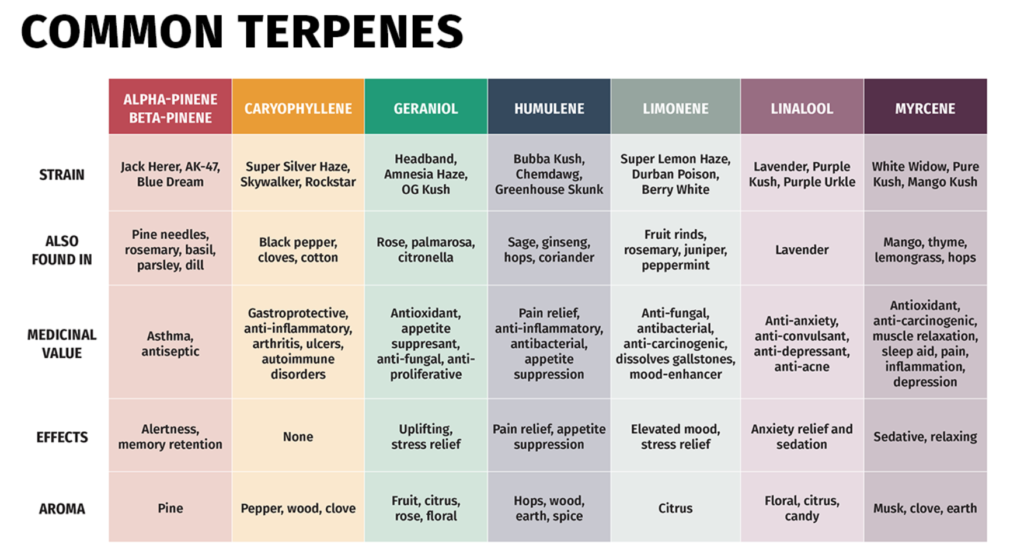
So when you buy cannabis at a legal outlet, how do you know what you are getting? The advantage of a legalized system is that all products sold must have a Certificate of Analysis (COA). Whether tested in-house or by a 3rd party lab, all retail cannabis products must be tested to ensure they comply with legislated standards.
Certificate of Analysis
Canada’s Certificate of Analysis (COA) includes which cannabinoids are present and in what concentration. They should also have an analysis for the presence of fungus, mould, bacteria, pesticides and heavy metal analysis. Some manufacturers use solvents such as butane, propane and naphtha to make concentrated cannabis extracts and preparations. As these petroleum-based products are potentially carcinogenic, the Certificate of Analysis (COA) should also include the presence of such solvents. Although a COA should be available for all legally sold cannabis products, the actual label on the package of cannabis may only include the concentration of the various cannabinoids. If you are taking cannabis medicine on a regular basis, I encourage you to review the COA of the product you are buying and ask a little bit more on how it is processed.
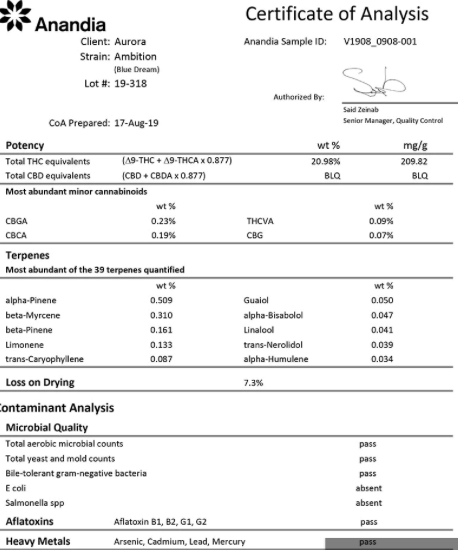
In Part III we will review Cannabis major side effects and the various preparations for taking Cannabis Medicine.
